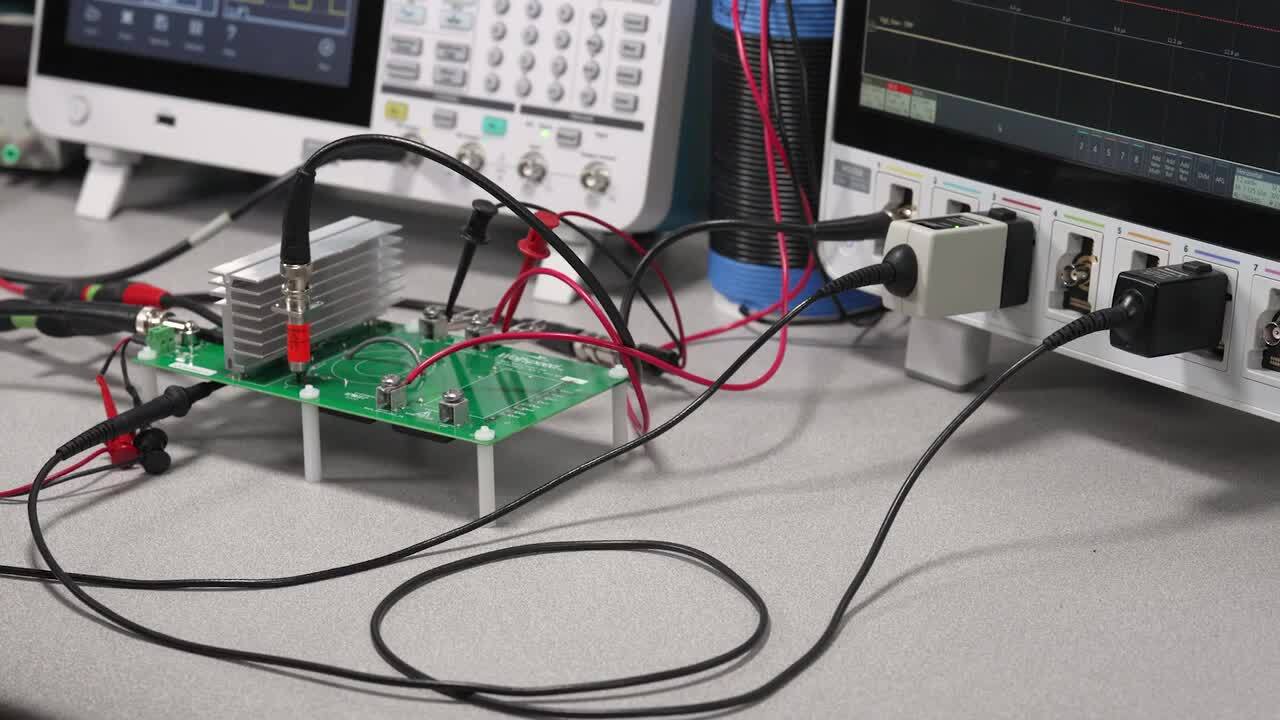Contents

Source: ResearchGate
The Phenomenon of Double Pulses in Laser Systems
Double Pulses in Q-switched Lasers
In Q-switched lasers, the typical operation involves generating a single pulse per Q-switching cycle. However, under certain conditions, multiple pulses can be emitted within a single cycle. This can occur if the modulator’s switching time is too long, preventing the full extraction of energy from the gain medium in the first pulse. Additionally, continuous pumping and a long opening time of the modulator can lead to the accumulation of enough energy for a second pulse to form.
Double Pulses in Mode-locked Lasers
Mode-locked lasers usually produce a single ultrashort pulse or multiple pulses with equidistant spacing. In some cases, a single pulse circulating in the laser resonator can break up into multiple closely spaced pulses, resulting in multiple pulses in the output pulse train. This is common in passively mode-locked lasers operating in the femtosecond domain, such as those using soliton mode locking.
Detecting Double Pulses
Detecting double pulsing in mode-locked lasers can be achieved through various methods:
– Modulation of the optical spectrum can be observed using an optical spectrum analyzer.
– Using a fast photodiode and sampling oscilloscope for direct detection.
– Autocorrelation for small pulse spacings.
– Monitoring conversion efficiency of frequency doublers.
In cases where pulse spacing varies significantly over time, detecting double pulsing may be more challenging.
Conclusion
Understanding the occurrence of double pulses in laser systems is crucial for optimizing laser performance and stability. By studying the factors that contribute to the generation of double pulses, researchers and engineers can develop strategies to mitigate or control this phenomenon effectively. Ongoing research in this area continues to enhance our knowledge of laser dynamics and pulse generation mechanisms.

Source: Tektronix
Feel free to comment your thoughts.



